Troubleshooting engine problems is a skill every vehicle owner or aspiring mechanic should possess, as it serves as the key to maintaining optimal performance and extending the lifespan of an automobile.
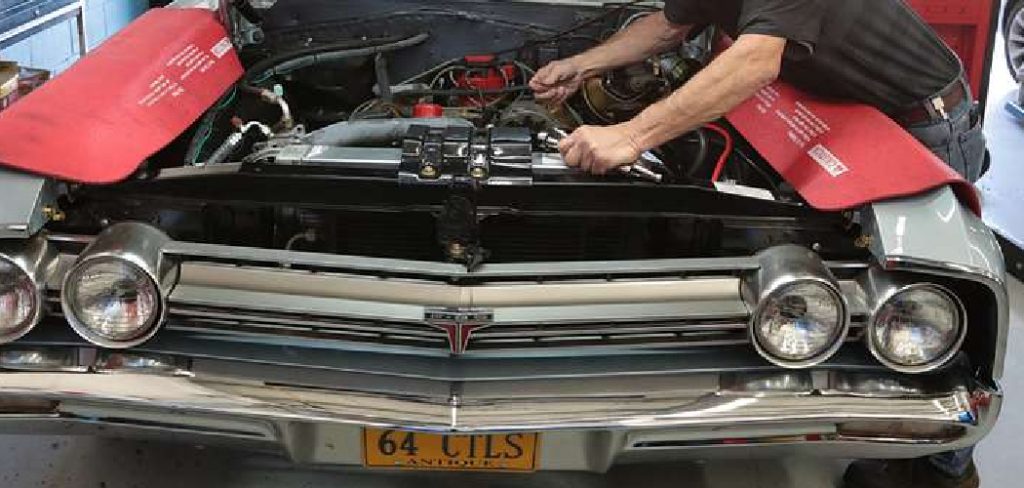
From mysterious noises to unexpected stalling, diagnosing engine issues requires a systematic and informed approach. In this comprehensive guide, we will delve into the art of how to diagnose engine problems, equipping you with the knowledge to identify, understand, and address a myriad of issues that may affect your vehicle’s performance.
Whether you’re a seasoned automotive enthusiast or a novice seeking to understand the intricacies under the hood, this article will guide you through the essential steps and techniques to diagnose engine problems, empowering you to keep your vehicle running smoothly and efficiently.
Importance of Diagnosing Engine Problems
Early detection and diagnosis of engine problems are essential in preventing minor issues from escalating into major repairs that can be costly and time-consuming. Not only does a well-maintained engine ensure reliability and longevity of your vehicle, but it also contributes to overall safety on the road.
Regular engine diagnostics help in maintaining optimal fuel efficiency, reducing environmental impact, and preserving the resale value of your vehicle. By understanding and addressing engine problems promptly, you minimize the risk of being stranded due to unexpected breakdowns and enjoy a smoother driving experience.
Common Signs Indicating Engine Issues
Recognizing the common signs of engine trouble is the first step towards timely diagnosis and repair. Here are some key indicators that suggest your engine may be experiencing problems:
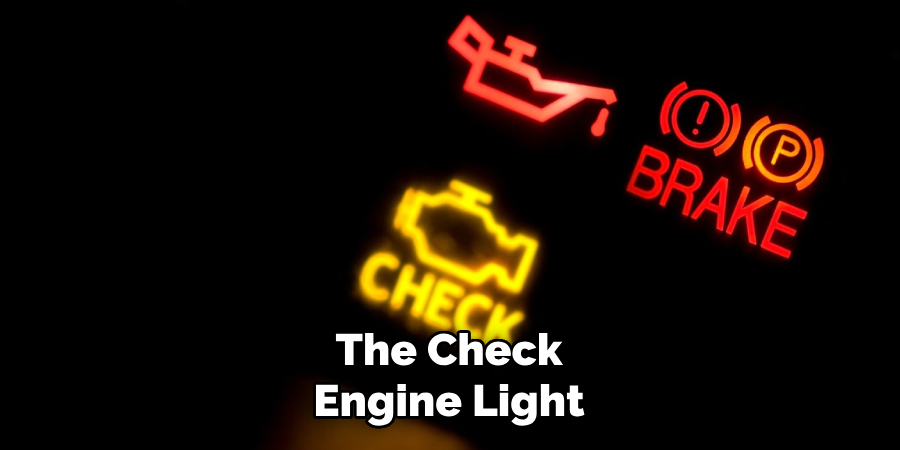
- Strange Noises: Unusual sounds such as knocking, hissing, popping, or backfiring can signal various issues within the engine.
- Check Engine Light: The Check Engine light is your dashboard’s way of alerting you to potential engine problems, often related to the emissions system.
- Reduced Performance: A noticeable loss in power or acceleration can indicate issues such as clogged fuel lines, dirty air filters, or problems with the ignition system.
- Poor Fuel Economy: If you’re seeing a significant drop in miles per gallon, it might tell of a compromised spark plug, leaking fuel injector, or improper engine timing.
- Engine Stalling: An engine that stalls while running can be a symptom of a range of problems like a faulty sensor, bad fuel mixture, or inadequate fuel pressure.
- Smoke Emission: The emission of smoke from the exhaust, particularly if it’s blue, white, or black, can point towards issues like oil leaks, coolant leaks, or rich fuel condition.
By keeping an eye out for these warning signs, you can take proactive measures to get your engine checked and serviced, potentially saving you from costly repairs in the future.
Understanding Engine Basics
To effectively diagnose engine issues, it’s essential to have a foundational understanding of the engine’s basic components and how they function together. An internal combustion engine typically operates on four strokes: intake, compression, power, and exhaust.
The engine’s primary parts include the engine block, pistons, crankshaft, camshaft, and timing system. Fuel delivery and ignition are managed by the fuel injectors and spark plugs, respectively. Air intake and exhaust systems regulate airflow and dispel gases.
A series of sensors monitor engine performance, providing feedback to the engine control unit (ECU), which adjusts parameters for optimized operation. By comprehending these basic elements and their interrelated functions, you are better equipped to decipher signs of trouble and tackle engine problems with confidence.
10 Methods How to Diagnose Engine Problems
1. Listening to Engine Sounds:

One of the initial steps in diagnosing engine issues is actively listening to the sounds your engine produces. Unusual noises, such as knocking, clicking, or hissing, can offer clues about potential problems. A rhythmic knocking, for example, may indicate issues with the engine’s internal components, while a hissing sound might suggest a vacuum leak.
In addition to identifying potential problems, listening to your engine can also help you understand its overall performance. A healthy engine should produce a smooth and consistent sound, with minimal variation as you accelerate or decelerate. Any changes in the sound could signal issues that need to be addressed.
To properly listen to your engine, park your vehicle in a quiet area and turn off any sources of noise, such as the radio or air conditioning. Then, start your engine and let it idle for a few minutes while you listen closely. Pay attention to any unusual sounds and try to identify where they are coming from.
2. Checking for Warning Lights:
Modern vehicles are equipped with onboard diagnostics systems that trigger warning lights on the dashboard when an issue is detected. Learn to interpret these warning lights, such as the Check Engine light, to identify specific areas that may require attention. Invest in an OBD-II scanner to retrieve detailed error codes for a more accurate diagnosis.
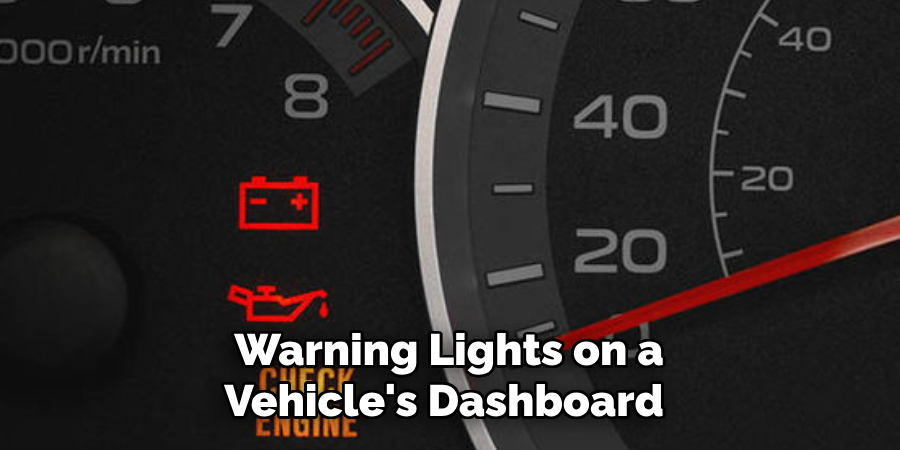
Warning lights on a vehicle’s dashboard can be daunting, especially if you’re not sure what they mean. However, these lights are designed to help us maintain our vehicles in good condition and prevent any major problems from occurring. In this section, we will discuss the most common warning lights and how to interpret them.
One of the most well-known warning lights is the Check Engine light. This light, also known as the Malfunction Indicator Light (MIL), indicates that a problem has been detected in the vehicle’s engine or emission control system.
However, it is important to note that the Check Engine light does not always mean there is a major issue with your car. It could simply be an indication of a minor issue such as a loose gas cap.
3. Inspecting Fluid Levels and Conditions:
Regularly checking the levels and conditions of essential fluids—engine oil, transmission fluid, coolant, and brake fluid—provides valuable insights into the overall health of your engine. Discolored or contaminated fluids may indicate issues like leaks, overheating, or internal damage. Low fluid levels could lead to failure of crucial components and affect the performance of your vehicle.
To inspect the engine oil, first, make sure your car is parked on a level surface. Locate the dipstick, usually labeled with a bright-colored handle and typically located near the engine block.
Remove the dipstick and wipe it clean with a rag or paper towel. Reinsert it back into the tube, fully push it in, and pull it out again. The oil level should be between the two marks or within the crosshatched area on the dipstick. If it is low, add more oil using a funnel and pour slowly while checking the level to avoid overfilling.

Next, inspect the color and consistency of the engine oil. Fresh oil has a clear, honey-like color and smooth texture. If the oil appears dark or gritty, it may be contaminated with dirt or debris and needs to be changed.
Similarly, check the transmission fluid using the same process as the engine oil. Different manufacturers have different recommendations for checking transmission fluid levels, so refer to your vehicle’s manual for specific instructions.
4. Examining Exhaust Smoke:
The color of exhaust smoke can reveal crucial information about engine performance. Black smoke may indicate excessive fuel, blue smoke suggests oil burning, and white smoke might point to coolant entering the combustion chamber. Analyzing exhaust emissions provides a visual indicator of potential problems.
Exhaust smoke is not only important for the vehicle’s performance, but it also has an impact on the environment. The type of emissions released from a vehicle can contribute to air pollution and negatively affect human health.
In order to reduce harmful exhaust emissions, governments have implemented regulations and standards that require vehicles to meet certain emission levels. This has led to advancements in engine technology and the use of catalytic converters to reduce emissions. Vehicle owners can also play a role in reducing emissions by regularly maintaining their vehicles and ensuring proper fuel and oil levels.
5. Performing a Compression Test:
A compression test assesses the integrity of the engine’s internal components, such as the pistons and valves. By measuring the compression in each cylinder, you can identify issues like worn piston rings or valve problems. Consistent and balanced compression across all cylinders signifies a healthy engine.
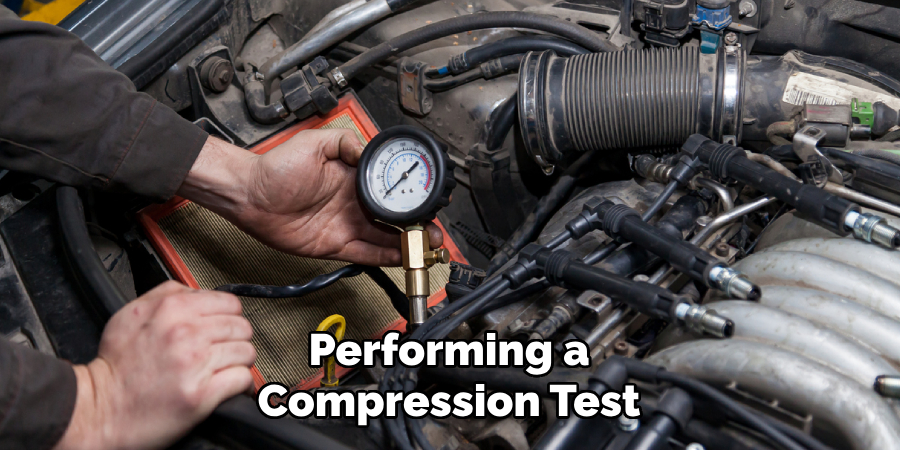
Performing a compression test is an important diagnostic tool that can help you identify potential issues in your engine before they become major problems. This can save you time and money by catching problems early on.
Before starting the compression test, make sure the engine is warmed up to operating temperature. This ensures accurate results as the metal parts expand when heated, affecting compression readings. It’s also important to disable the fuel system by unplugging the fuel pump or removing its fuse. This prevents any fuel from entering the cylinders during the test, which could affect the readings.
6. Inspecting Spark Plugs:
Spark plugs play a vital role in the combustion process, and their condition can offer insights into engine health. Fouled or worn-out spark plugs may lead to misfires and poor performance. Remove and examine the spark plugs, noting their color, deposits, and overall condition, to diagnose ignition and fuel system issues.
Spark plug color can indicate the engine’s running conditions. A light brown or gray color indicates that the spark plug is in good condition and the engine is operating correctly. However, a blackened or oily spark plug may suggest an overly rich fuel mixture, while a white or yellowish spark plug may indicate an overly lean fuel mixture.
Additionally, deposits on the spark plugs can also reveal issues. A black, sooty deposit may suggest a rich fuel mixture or carbon buildup within the engine. A wet and oily deposit may indicate an oil leak, while a dry and powdery deposit may point to worn-out spark plug components.
7. Analyzing Ignition System Components:
The ignition system, including components like spark plug wires, coils, and the distributor, is critical for engine performance. Check for damaged or worn-out ignition components that may cause misfires, rough idling, or poor acceleration. Addressing ignition issues can significantly enhance engine efficiency.
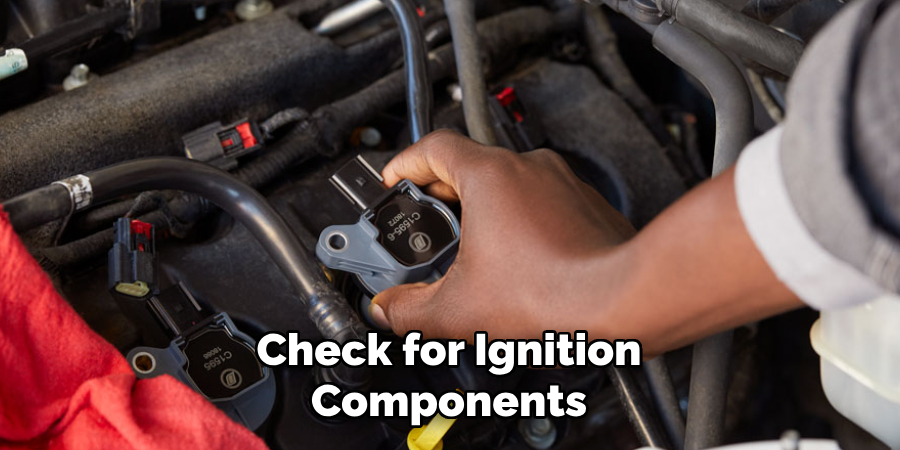
Spark plug wires connect the spark plugs to the ignition coil, carrying high voltage electricity from the ignition system to ignite fuel in the engine’s cylinders. Over time, these wires can become damaged or worn out, leading to weak sparks or even no sparks at all. This can result in misfires and poor engine performance.
To check for faulty spark plug wires, inspect them for any visible damage such as fraying or cracks. Additionally, you can use a multimeter to test the resistance of the wires. If the reading is too high, it may indicate that the wire is worn out and needs replacement.
8. Using a Vacuum Gauge:
A vacuum gauge is a valuable tool for diagnosing engine problems related to air intake and exhaust. Abnormal vacuum readings can indicate issues like vacuum leaks, valve problems, or exhaust restrictions. Utilize the vacuum gauge to pinpoint potential sources of trouble and guide further investigation. However, before using a vacuum gauge, it is important to understand how it works and how to properly interpret the readings.
To use a vacuum gauge, you will need to locate a vacuum port on your engine. This port is typically located on the intake manifold or carburetor. Once you have located the port, attach the vacuum gauge by connecting its hose to the port. Make sure the gauge is securely attached to prevent any air leaks.
Start the engine and observe the vacuum readings on the gauge. The normal range for vacuum readings is typically between 17-22 inches Hg (inches of mercury) at sea level, but it may vary depending on your specific vehicle and altitude. Lower than normal readings can indicate a potential issue with air intake, such as a clogged air filter or vacuum leak.
9. Scanning for Electronic Control Module (ECM) Codes:
Modern vehicles rely on electronic control modules to manage various engine functions. Use a diagnostic scan tool to retrieve codes from the ECM, providing detailed information about specific issues. Interpret these codes to identify the root cause of engine problems, ranging from sensor malfunctions to fuel system issues.
In addition to retrieving codes from the ECM, a diagnostic scan tool can also perform live data readings and sensor tests. This allows for a more comprehensive diagnosis of engine issues and helps pinpoint the exact component that may be causing problems.
Live data readings display real-time information from various sensors within the vehicle, such as oxygen sensors, coolant temperature sensors, and throttle position sensors. By monitoring these readings, a technician can quickly identify abnormal values that may indicate a faulty sensor or another issue.
10. Performing a Visual Inspection of Engine Components:
A thorough visual inspection of the engine compartment can reveal obvious issues such as loose or disconnected hoses, leaks, and damaged belts. Check for oil or coolant leaks, inspect the condition of belts and pulleys, and ensure that all connections are secure.
This method is a fundamental step in identifying visible signs of wear or damage. It is important to regularly perform this inspection to ensure the engine components are in good condition and functioning properly.
Aside from checking for visible issues, a visual inspection can also reveal potential problems that may not be immediately noticeable. For example, cracks or corrosion on engine components can indicate a need for replacement or repair before it leads to more serious issues. Additionally, inspecting the overall cleanliness of the engine can provide valuable information about its maintenance and how well it has been cared for.
When performing a visual inspection, it is important to pay attention to specific areas such as the battery, radiator, and air intake. Check the battery terminals for corrosion or loose connections, inspect the radiator for any signs of leakage or damage, and ensure that the air intake is clear of debris.
Preventative Maintenance Practices
Preventative maintenance practices are key to ensuring the longevity and reliability of an engine. Regular oil and filter changes form the cornerstone of such a regimen, protecting the engine from wear and contaminant accumulation. It’s also imperative to adhere to service intervals for replacing timing belts or chains, which, if neglected, can lead to catastrophic engine damage.
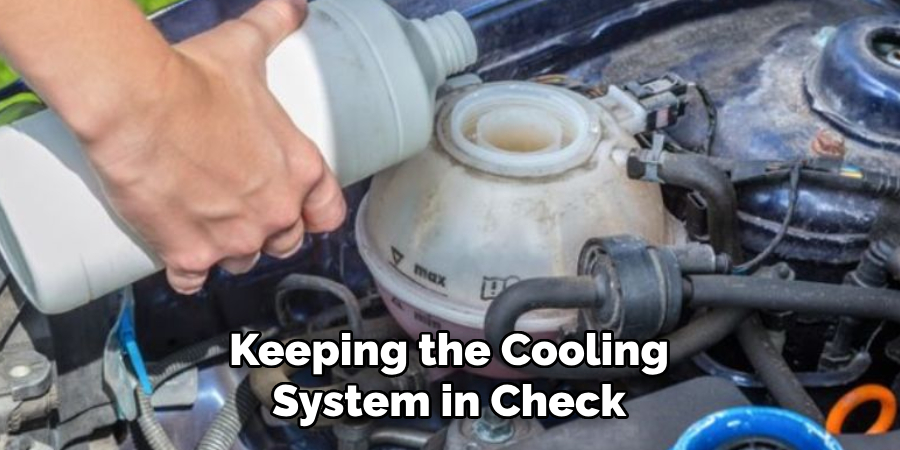
Keeping the cooling system in check by flushing the radiator and replacing coolant prevents overheating and corrosion. Routine inspection of the fuel system, including the fuel filter and fuel injection system, ensures optimal fuel efficiency and engine performance. By establishing a schedule for these preventative measures, you can help to avoid more significant, costly repairs down the line and maintain your vehicle’s performance at its peak.
Conclusion
In conclusion, mastering the skill of diagnosing engine problems is essential for maintaining the health and performance of your vehicle. By understanding the common symptoms of engine issues, utilizing diagnostic tools, and conducting thorough inspections, you can identify problems early and prevent further damage.
Whether it’s listening for unusual noises, observing performance changes, or analyzing fluids and filters, a systematic approach to diagnosis is key. Knowing when to seek professional assistance and staying proactive with preventive maintenance are vital aspects of responsible vehicle ownership.
Thanks for reading, and we hope this has given you some inspiration on how to diagnose engine problems!

About
JeepFixes Team is a skilled author for Jeep Fixes, bringing 6 years of expertise in crafting a wide range of jeep fixes. With a strong background in jeep fixes work, JeepFixes Team’s knowledge spans various types of fixtures, from decorative pieces to functional hardware, blending precision with creativity. His passion for jeep fixes and design has made him a trusted resource in the industry.
Professional Focus:
Expert in Jeep Fixes : JeepFixes Team aesthetic specializes in creating durable and innovative jeep fixes, offering both appeal and functionality. His work reflects a deep understanding of jeep fixes techniques and materials.
Sustainability Advocate : He is dedicated to using sustainable practices, ensuring that every fixture is crafted with eco-friendly methods while maintaining high-quality standards.
In his writing for jeep fixes, JeepFixes Team provides valuable insights into the latest trends, techniques, and practical advice for those passionate about jeep fixes, whether they are professionals or DIY enthusiasts. His focus on combining artistry with engineering helps others discover the true potential of jeep in design.
